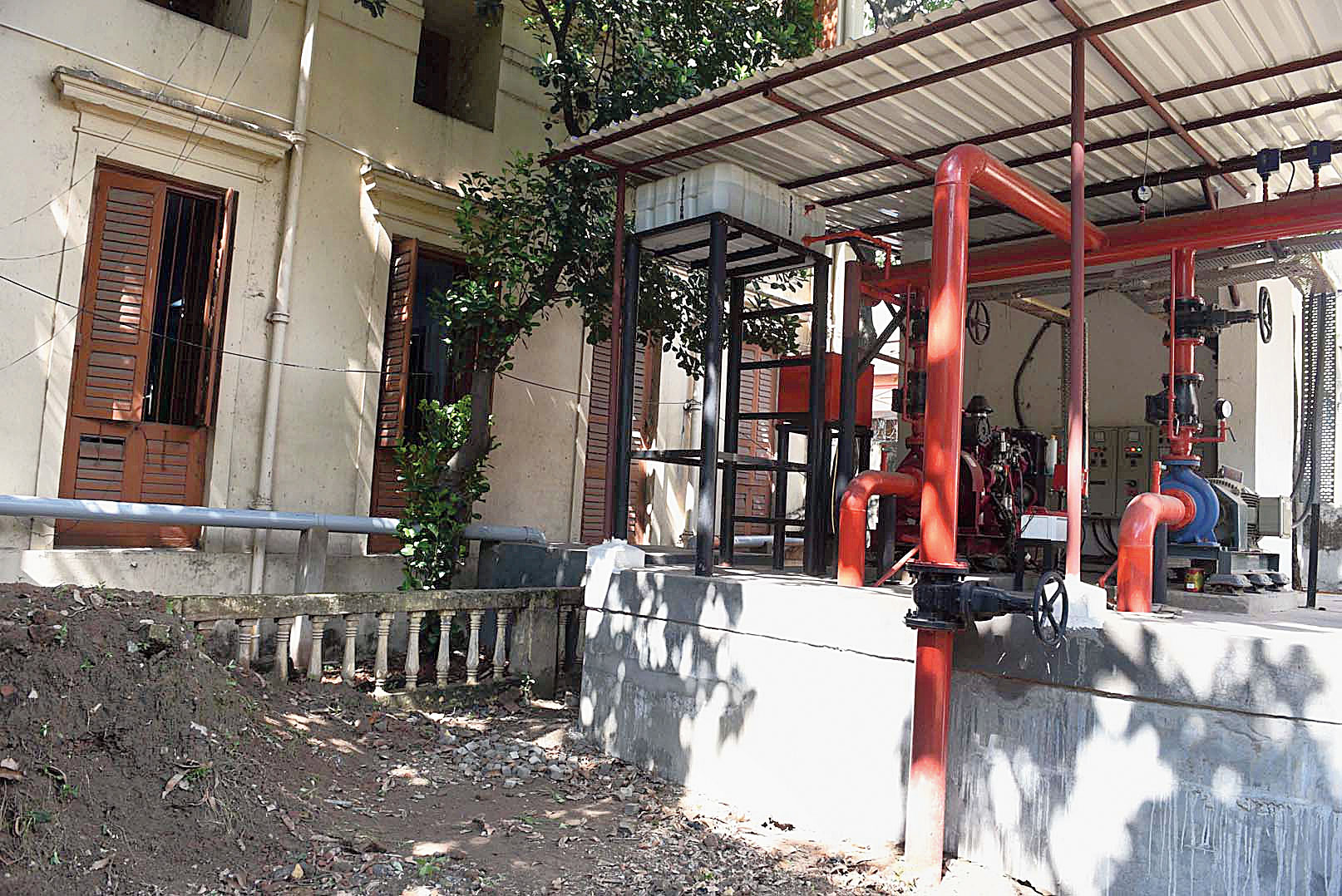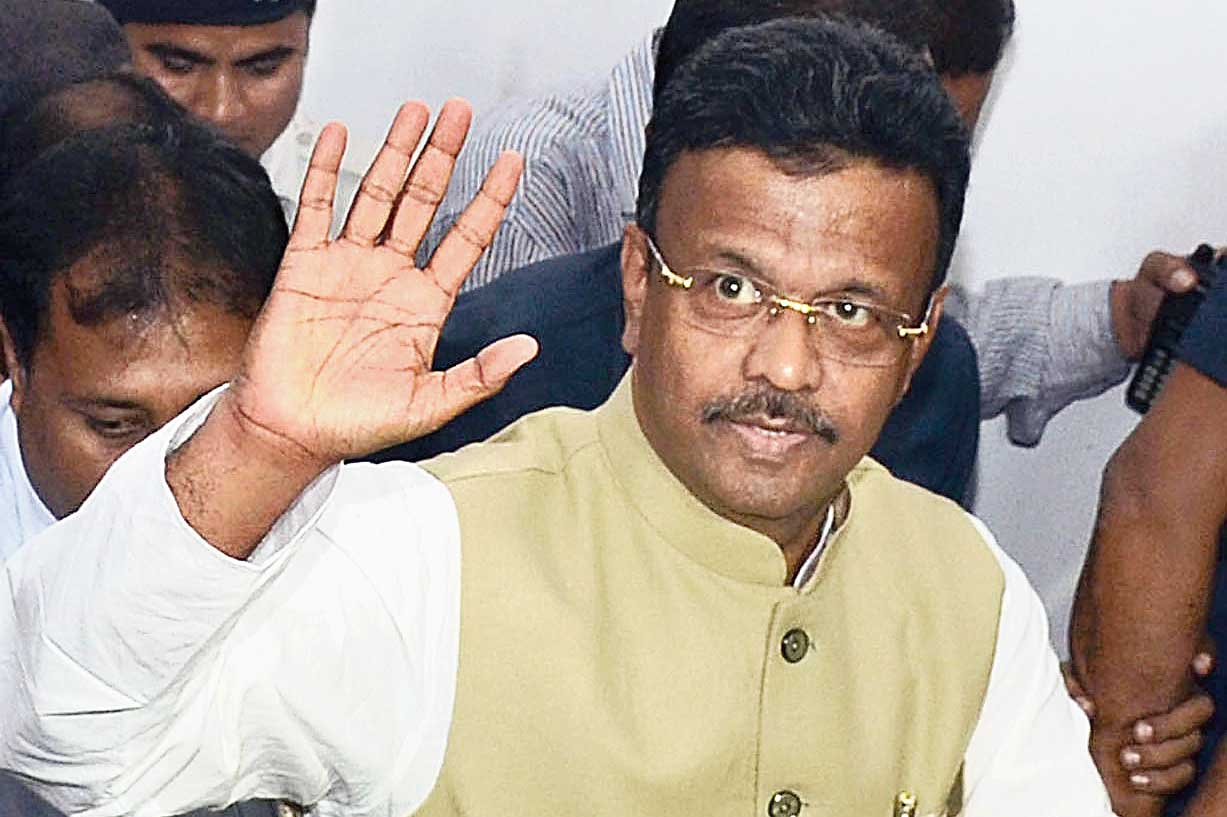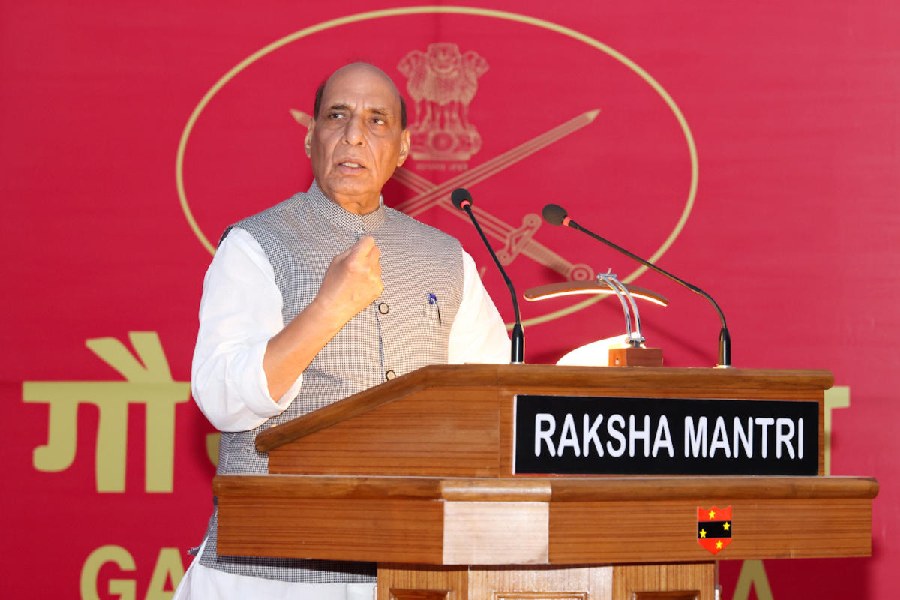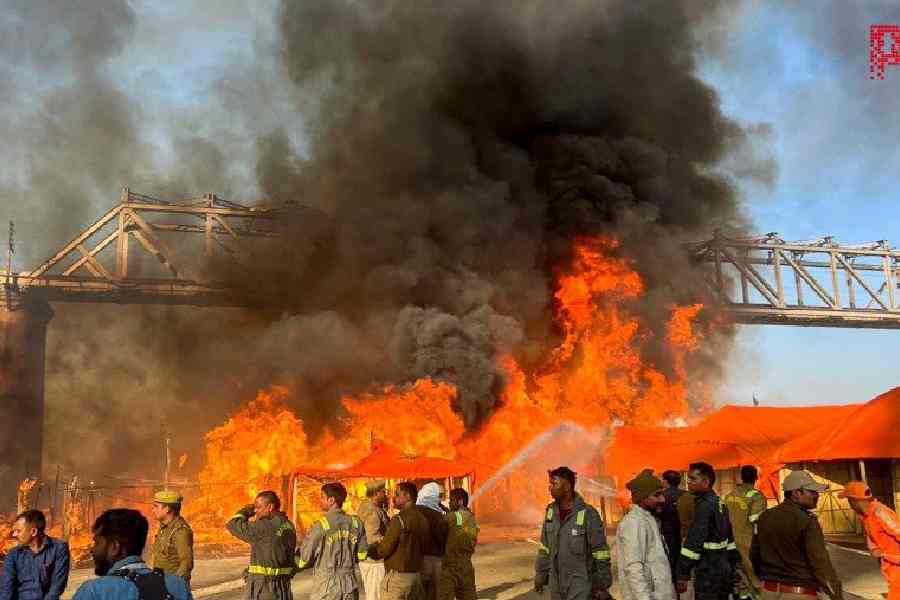Salt Lake’s water woes will end by next year, urban development and municipal affairs minister Firhad Hakim promised in the Assembly on Wednesday.
Hakim was speaking at a pre-budget discussion in the House and replying to points raised by other members of the Assembly.
“The water problems in Salt Lake will be resolved within a year,” he said.
CPM MLA and former urban development minister Ashok Bhattacharya alleged during the Assembly session that Salt Lake and Rajarhat were reeling under water shortage.
Hakim was replying to the point raised by Bhattacharya.
Residents of several blocks of Salt Lake, including BD, AJ and BJ, complained of water scarcity this summer. AB and AC blocks, too, faced disruption of supply while residents of ED and EE blocks complained of erratic supply.
Salt Lake will soon get treated water from a new plant in Action Area I of New Town. Pipelines have already been laid connecting the New Town water treatment plant to a booster pumping station near Central Park, said an official of the Calcutta Metropolitan Development Authority (CMDA).
Some parts of Salt Lake were supplied water from New Town as part of a trial run conducted over the past several months. “We had sent water to the newly-constructed booster pumping station in Central Park on trial,” an engineer of the public health engineering department said.
Water from the booster station in Central Park will be sent to multiple tanks in the township and then distributed to households, the official said.
Two tanks are being built to store the treated water from New Town — one near Tank No. 13 in Salt Lake Sector III and another near Baisakhi Abasan.
A water meter is also being installed at the station and work is under way at Nazrul Park in Central Park, opposite Indira Bhavan, for a concrete chamber to allow access to the underground pipe that measures 1,200m in diameter.
“The existing capacity of the water treatment plant is 20 million gallons per day (MGD). Of this, we will send around 8MGD to Salt Lake and 2MGD to Sector V as soon as the required infrastructure is up,” said Debashis Sen, the chairman of Hidco that had built the plant jointly with public health engineering department.

A reservoir to be used for firefighting and gardening. Pictures by Gautam Bose
Till the two tanks are built, some water will be drawn from New Town and stored in a smaller reservoir in Tank No. 13, an official of the Bidhannagar Municipal Corporation said.
“CMDA laid a pipeline several months ago connecting Tank No. 13 to these areas. Once the supply starts, Duttabad, which is now fully dependent on underground water, will start getting filtered water,” he said.
The submersible pumps being used to draw underground water for Purbachal Housing Complex will also be stopped, the official said.
The surface water treatment plant draws water from the Hooghly. Intake jetties have been built near the Chitpore Lockgate to suck in the water and guide it along pipelines from the Chitpore Lockgate to New Town.
The treatment plant is equipped with an advanced information gathering system that monitors water quality with the help of a host of sensors at different points.
It identifies and relays information such as leaks in pipelines, dysfunctional air stirrers (that induce water circulation) back to the home station. The system then analyses the data and displays the information to the central control room, immediately red-flagging the area.
“Once the demand increases we can build another 20MGD plant. The target is to have a capacity to treat 100MGD water,” said Sen.











